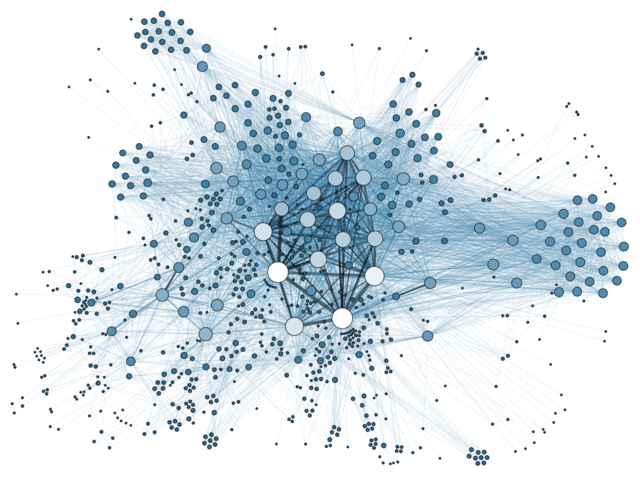Find out all about how arts organizations across the country are currently collecting patron data and some best practices based on a recently administered national benchmarking study.
“Data doesn’t Do. People do”: TRG Arts Video on the Importance of Data Stewardship (1 of 3)
Free Tools and New Ideas from the 2017 Nonprofit Technology Conference (Part I of III)
The Nonprofit Technology Conference (#NTC17) met in March in Washington, DC, the headquarters of all nonprofits. The conference was vast with inspiring keynotes and information-filled panels. The following is only a sampling of what was available and reveals my passions and interests: Data, Diversity and Communication.
White Paper Wednesday: Making Decisions with Data
Museum Data and What to Do With It: Carnegie Museums of Pittsburgh
Data collection is an imperative in today’s economy; the lack of data collection results in ineffective and costly operations and marketing efforts. However, data collection is just the first step; what museums do with their data is the key to harnessing the power of Big Data and helping organizations succeed.
Learning From Leaders: Data Practices in the Opera Industry
How are marketing departments at large American Opera institutions using their data? This new Whitepaper by AMT-Lab Contributor Kevin O'Hora uses four case studies to paint a picture of how companies are using data acquired by their website. Full of insights for marketing departments across disciplines, this publication includes software recommendations as well as general strategies and best practices applicable to any arts marketer.
How Can Google Analytics Solve Operational Challenges?
Though often used to analyze traffic and commerce, Google Analytics is a powerful tool whose applications are near-limitless. In this new handbook, AMT Lab contributor Kathleen Grennan illustrates a number of ways in which arts managers of all types can use Google Analytics to make data-driven decisions in operational settings. From obtaining new audiences to bolstering fundraising efforts, this is a good introduction to this flexible tool. Click here to find the full report.
Hands Off Our Data: Shifting Consumer Attitudes
The collection and analysis of consumer data is a practice that grows more ubiquitous and complex everyday. However, the dangers of mass data collection are self-apparent, and it appears that consumers might be reaching a tipping point when it comes to companies using their personal information. New evidence from the Pew Research Center suggests that growing numbers of consumers are often confused, impatient, and discouraged when it comes to how companies use their data.
Big Data, Big Jobs
Data workers are the new must-have for a company. McKinsey Global Institute predicts that in the next three years, there will be a need for 1.5 million data analysts and managers. The Bureau of Labor Statistics lists these careers as one of the fastest growing occupations in all sectors. So from a data analyst to a business analyst to an application analyst to a data scientist, who is who? And with overlapping skills, how can a nonprofit arts organization figure out the difference?
What Leaders Should be Measuring: Six New Metrics from TRG Arts
Between CRM systems, social media management, and Google Analytics, arts organizations today have access to more data than ever before. Indeed, this unprecedented access has allowed for arts leaders to measure their performance more accurately and holistically than in the past. But in this ever expanding sea of data, how does an arts leader decide what information is the most important to focus on extrapolating trends on?
The Art of Data Management
This post, originally published on Analysis from TRG Arts, is the second in a series of blog posts sharing success stories and best practices to highlight the benefits of effective data management. Find the first post here.
Data isn’t about numbers. It’s about people. When analyzed, data tells stories about people and their actions. Right now, in your database, a story exists about the decisions that people in your organization make. And, a story exists for every patron, which chronicles their relationship with your organization.














